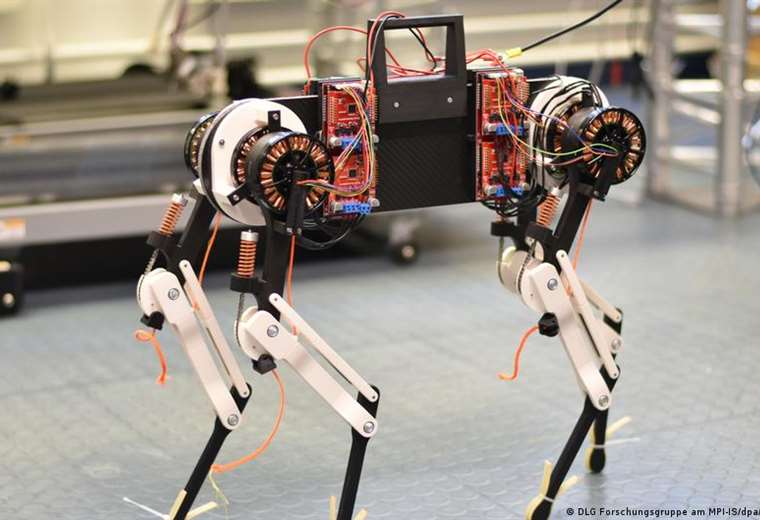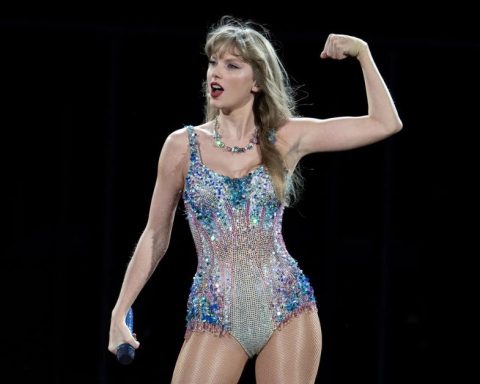July 19, 2022, 5:47 PM
July 19, 2022, 5:47 PM
Animals like giraffes or horses learn to walk shortly after birth. Studying how they do it and to understand its mechanisms, A team has created a dog-sized robot that takes an hour to learn to walk and does so using less energy..
Animals are born with networks of muscle coordination located in the spinal cord and, at first, the young rely heavily on these reflexes, which, although very basic, help them not to fall in their first steps.
They then practice more advanced and precise muscle control, until finally the nervous system is well adapted to the muscles and tendons of the legs, and they can keep up with the pace of adults.
Researchers at the Max Planck Institute for Intelligent Systems (MPI-IS) in Stuttgart, Germany, focused on how animals learn to walk and stumble, building a four-legged robot the size of a Labrador retriever that they named death. The results are published in Nature Machine Intelligence.
“We looked for the answer by building a robot that has reflexes like an animal and learns from mistakes,” said one of the study’s authors, Felix Ruppert.
The learning algorithm adapts the control parameters of a central pattern generator (CPG). In humans and animals, these PGCs are networks of neurons in the spinal cord that produce periodic muscle contractions.
The team simulated a virtual spinal cord that placed where the robot’s head would be and the CPG was located on a small computer that controls the movement of the mechanism’s legs.
If the robot stumbles, the learning algorithm changes the distance the legs swing back and forth, the speed of the legs swing, and the time one leg is on the ground.
During the learning process, the CPG sends adapted motor signals so that the robot stumbles less and optimizes its progress.
If the sensor data does not match what is expected, the algorithm learning changes the walking behavior until the robot walks well and without tripping.
Morti’s computer only consumes five watts of power in the process of walking, compared to other industrial quadruped robots that have learned to function with the help of complex controllers, which typically consume several tens to several hundred watts of power, he says. the study.
Both types of robots work dynamically and efficiently, but the computational energy consumption is much lower in this new model, which also provides important insights into the anatomy of animals.


















